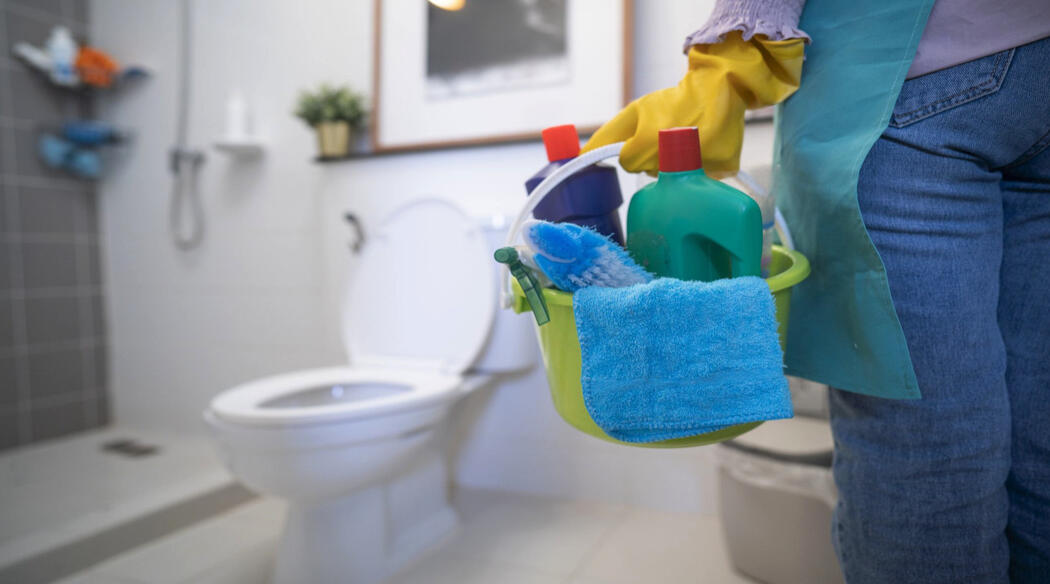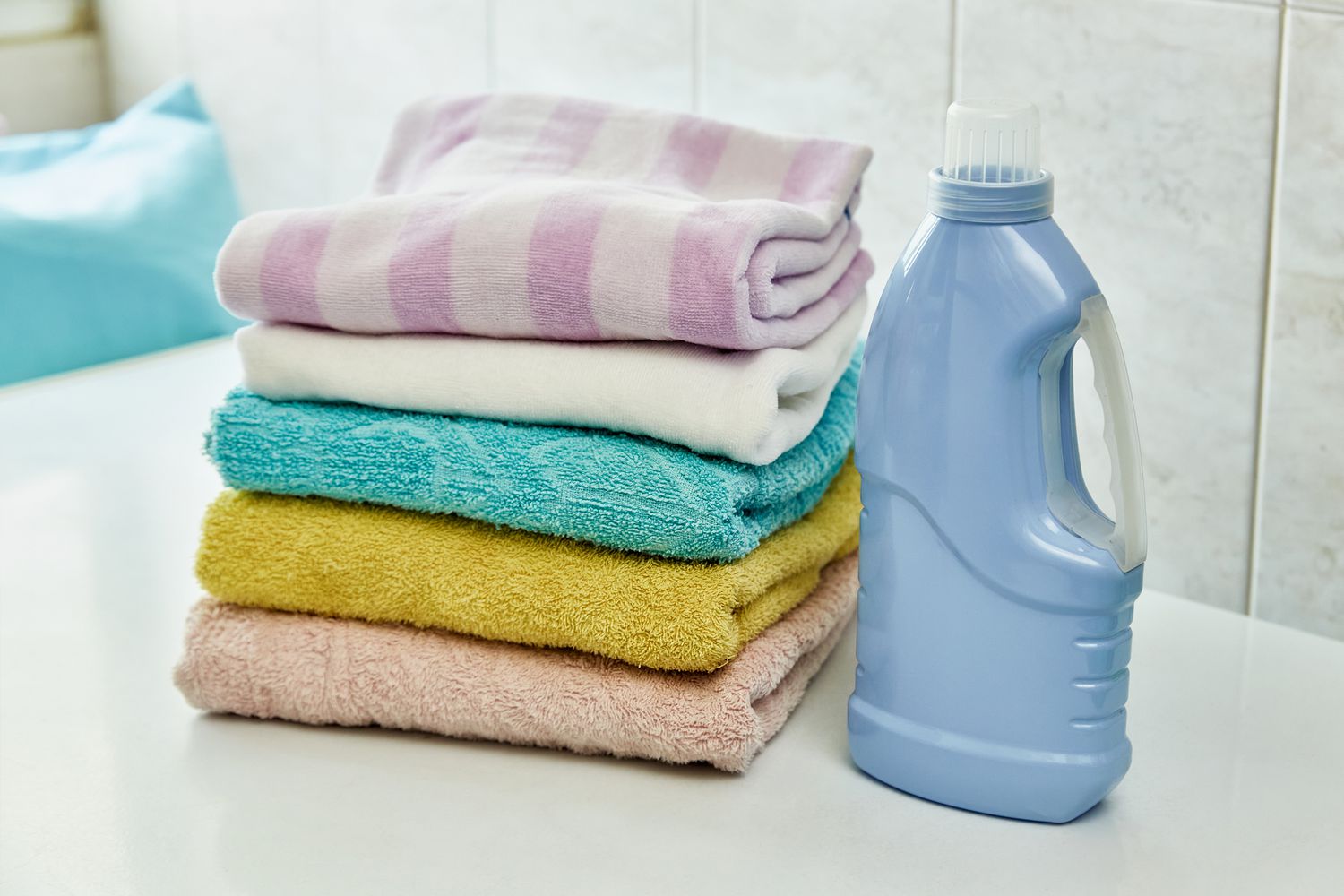
How To Ensure Takeaway Bowls Are Suitable For Microwave And Freezer Use
Choosing the right takeaway bowls can be overwhelming, especially when safety and functionality are at stake. Are they truly microwave-...

Get 20€ off on your first order!
Selecting the right disposable cutlery for hot and cold foods is crucial to ensuring safety, durability, and a positive dining experience—whether you’re managing a food service business or planning an event.
This guide breaks down everything you need to know to confidently choose the best materials for the food you serve, addressing concerns like warping, chemical safety, and eco-friendliness.
By the end, you’ll not only understand the best options for your needs but also discover solutions to optimize cost-effectiveness and sustainability for future challenges.
If you’re wondering what to consider next, we’ll guide you through related essentials, like choosing takeaway bowls or eco-friendly serving solutions, so you’re fully prepared for success.
For a broader understanding of selecting disposable cutlery for food service, check out our comprehensive buyer’s guide.

For more details on material suitability, see this guide by Ecowaretech, which explains how wooden cutlery withstands high temperatures and provides insights into its safety and performance for both hot and cold food applications.
| Material | Hot Foods | Cold Foods |
| Plastic (Standard) | May warp or melt; choose heat-resistant versions | Lightweight and cost-effective |
| Wooden | Heat-resistant; safe and sturdy | Durable; ideal for frozen or hard-textured foods |
| Compostable (PLA) | Ideal for cold foods and eco-friendly applications | Excellent for sustainability |
When choosing disposable cutlery for hot foods, look for items that comply with EU safety regulations, ensuring they meet stringent standards for safety and reliability. Check for certifications such as EN 13432 for compostable materials and ensure plastics meet REACH compliance standards.
For additional information about eco-friendly options, refer to this resource.
Opting for sustainable materials reduces your environmental footprint. For example, wooden cutlery is biodegradable and compostable, PLA-based utensils are fully compostable under industrial conditions, and recycled plastic, while eco-friendlier than new plastic, should primarily be used for cold foods due to its material limitations. Here are some top choices:
Learn more about the differences between wooden and plastic disposable cutlery.
Choosing the right disposable cutlery doesn’t have to be complicated. Here are some practical steps to ensure you make the best choice for your needs:
Explore a wide range of disposable cutlery options in our main product category, including items like compostable spoons, durable wooden forks, and heat-resistant plastic knives, to suit a variety of food service needs.
Depending on your specific needs, you might also be interested in related categories such as:
We hope this guide has provided valuable insights into selecting the right disposable cutlery for hot and cold foods, covering key factors like material suitability, temperature compatibility, and sustainability. Whether you’re ensuring durability for a food service business or hosting an eco-conscious event, our goal is to help you make confident, informed choices.
Explore our full range of Disposable Cutlery on Droppe, featuring trusted and eco-friendly options tailored to your specific needs. From wooden utensils to heat-resistant plastics and compostable PLA, we’ve got you covered.
To further explore related topics, see sibling articles such as “Disposable Spoons for Food Service: Selecting the Right Options” or “Takeaway Bowls 101: How to Select the Best Ones for Your Needs”.
Have questions or need guidance in finding the perfect cutlery for your next event or service? Don’t hesitate to reach out—our team is here to help ensure your satisfaction, sustainability, and success in every purchase.
– The Droppe Team
Compostable cutlery like PLA is not suitable for high temperatures as it may warp. Opt for heat-resistant materials like wooden or specially designed plastic cutlery instead.
Yes, wooden cutlery is safe for both hot and cold foods and is sturdy enough for dense or frozen textures.
Compostable cutlery should be disposed of in industrial composting facilities for proper breakdown. Check local waste management guidelines for options.
No, recycled plastic utensils are best suited for cold foods as they may not withstand high temperatures.
Wooden or PLA-based compostable cutlery are the most eco-friendly choices, offering biodegradable or industrially compostable alternatives to traditional plastics.
Thank you! You've signed up for our newsletter.



















Choosing the right takeaway bowls can be overwhelming, especially when safety and functionality are at stake. Are they truly microwave-...

Maintaining a clean and hygienic bathroom can be a challenge, whether it’s for your home or a busy commercial space....

Choosing the right fabric softener doesn’t have to be complicated. This guide is here to help you find the perfect...

Choosing the right takeaway bowls can be overwhelming, especially when safety and functionality are at stake. Are they truly microwave-...

Maintaining a clean and hygienic bathroom can be a challenge, whether it’s for your home or a busy commercial space....

Choosing the right fabric softener doesn’t have to be complicated. This guide is here to help you find the perfect...
Get 20€ off on your first order!
Save 30% by buying directly from brands, and get an extra 10€ off orders over €100
Save 30% by buying directly form brands, and get an extra 10€ off orders over €100